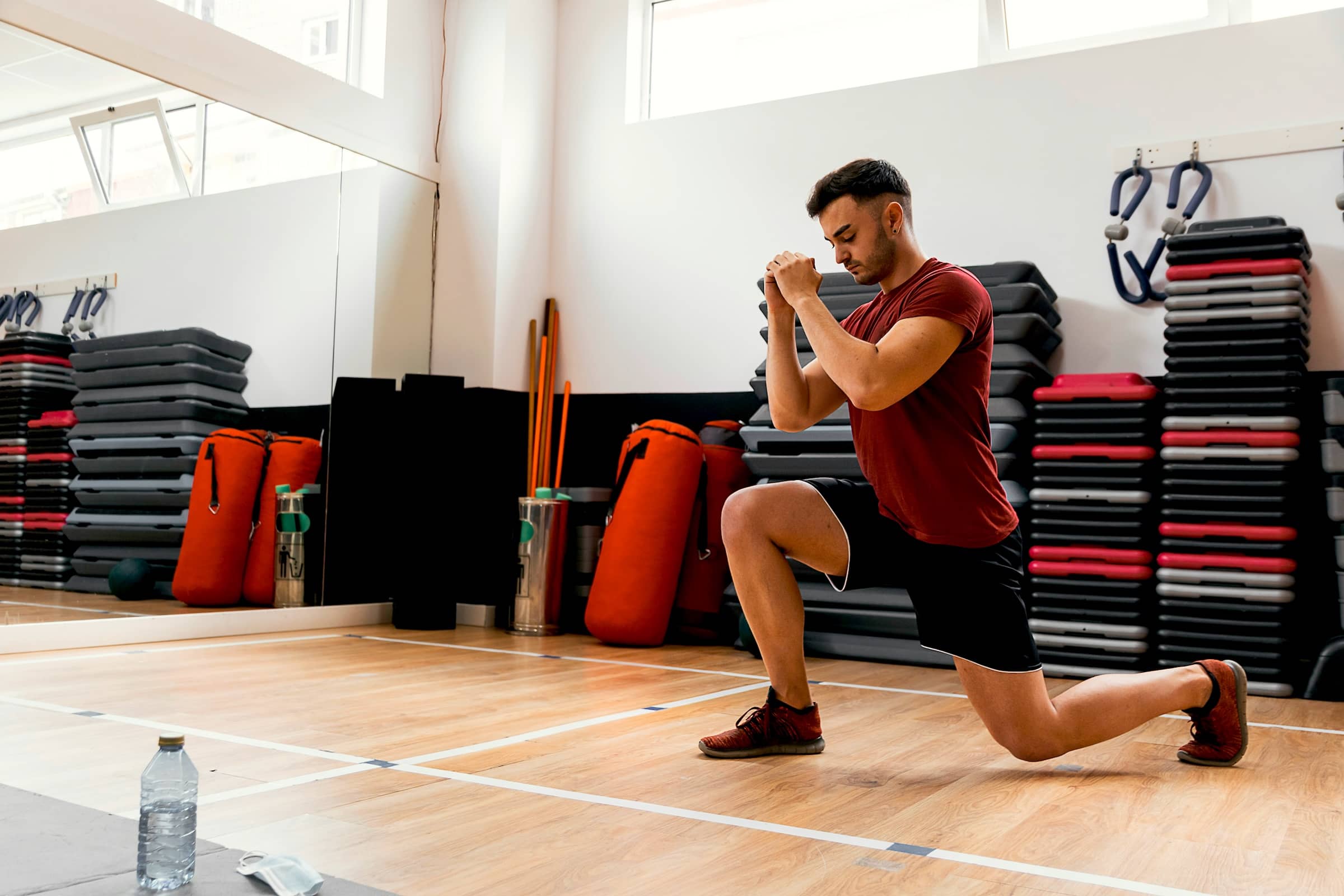If you’ve ever tried to get out of bed and felt like the Tin Man in need of an oil can, you’re not alone. Stiff joints are the uninvited guest in many people’s lives—especially as age, past injuries, or cold weather start knocking on the door.
The discomfort can throw a wrench into even the most committed fitness routine, but there are ways to loosen up without pushing your body over the edge.
According to Mark Harris, Fitness Expert at Mirafit, understanding what’s behind stiff joints is the first step toward fixing the problem before it sidelines your health goals altogether.
So, What’s Making You Stiff?
Let’s cut to the chase: stiffness isn’t just a symptom of getting older (though, spoiler alert—it doesn’t help). As Harris explains:
“Over time, our joints can become stiff for many different reasons, including conditions such as arthritis, previous injuries or age. People need to understand the potential reasons behind their stiff joints to avoid exacerbating the issue.”
There’s no single culprit. Instead, think of it as a cocktail of cartilage breakdown, overuse, and temperature tantrums.
“Overall, age plays a huge part in stiff joints. As we age, the cartilage found in our joints can dry out, this lack of fluid leads to stiffness, resulting in the common injury and impacting fitness regimes.”
“Additionally, overusing a specific muscle or body part could result in an injury that leads to stiffness. This occurs because overuse can damage joint tissue, leading to inflammation and bouts of pain.
It highlights the importance of recovery and why people should limit workouts until their body is completely ready.”
“Also, low temperatures is another huge factor that can lead to stiff joints. When temperatures fall, blood circulation is reduced, leading to less joint fluid.
To anyone working out in the cold, such as runners, be sure to wrap up accordingly to avoid restricting movement.”
It’s not about babying yourself—it’s about training smart. And the good news? There are ways to fight back against the stiffness without giving up your active lifestyle.
Exercises That Work With Your Joints, Not Against Them
You don’t need to reinvent your workout plan—just rethink it. Harris recommends swapping high-impact intensity for smarter, joint-friendly moves.
1. Low-Impact Cardio
“Firstly, gentle cardio exercises such as jogging, walking or cycling are great ways of introducing more movement into people’s daily routines without overusing muscles or joints. These exercises can also improve blood circulation, reducing pain or lack of flexibility caused by stiff joints.
“I recommend a daily walk to reduce the risk, walking can also provide key benefits to cardiovascular health, reducing the risk of heart disease and strokes.”
Translation: You don’t need to run a marathon. Just move—consistently, gently, and with purpose.
2. Stretch It Out
“Furthermore, stretching exercises are a great way to improve range of motion and maintain flexibility. It can reduce tightness and ensure joints remain lubricated with fluid – which is important for people suffering from arthritis.”
The hamstring stretch is Harris’s go-to:
“In particular, I recommend the hamstring stretch. To complete this, sit with one leg bent while the other remains straight, then, reach out towards the toes. I also believe yoga and tai chi are great classes to attend if you suffer from stiff joints as they help maintain agility and movement.”
These are about more than limber limbs—they’re about future-proofing your body.
3. Range of Motion (ROM) Moves
“One of the most effective ways to protect against stiff joints is to incorporate a range of motion exercises into daily routines. These movements prioritise joint flexibility and can help reduce the likelihood of stiffness, pain and inflammation.”
Start simple:
“While there are many different types of exercises, it’s best to opt for routines that focus on various joints, including wrist rotations, ankle bends and elbow extensions.
“These range of motion exercises are incredibly easy to complete and often consist of one simple movement to avoid becoming stiff. For example, an elbow extension is simply extending the body part repeatedly to ensure the joint remains active.”
No gym membership needed—just a few minutes a day and a bit of consistency.
4. Resistance Band Routines
“Using resistance bands for low-impact strengthening exercises could be incredibly useful for increasing movement and protecting against stiffness. They can help reduce inflammation by strengthening muscles that surround the joints while also improving joint stability.”
And if you’re wondering what that looks like in practice:
“While low-impact exercises should remain the focus, I believe people suffering from stiff joints should aim to complete some leg or arm extensions, helping to improve strength while lowering the risk of stiffness in the future.”
The Bottom Line: Move with Intention
“Overall, while stiff joints can occur for various reasons, it’s important to be aware of the best ways to combat and avoid the pain and inflammation. By prioritising workouts that focus on movement and flexibility, people can limit pain and boost recovery time, helping them return to their fitness regimes in no time.”
There’s no magic pill—but there is a proven formula: understand your body, adapt your movement, and stay the course.
Whether you’re managing arthritis or simply trying to stay agile through the seasons, taking care of your joints is the long game worth playing.
You can find out more on Mirafit’s full range of joint-friendly workout gear and recovery tools here.





